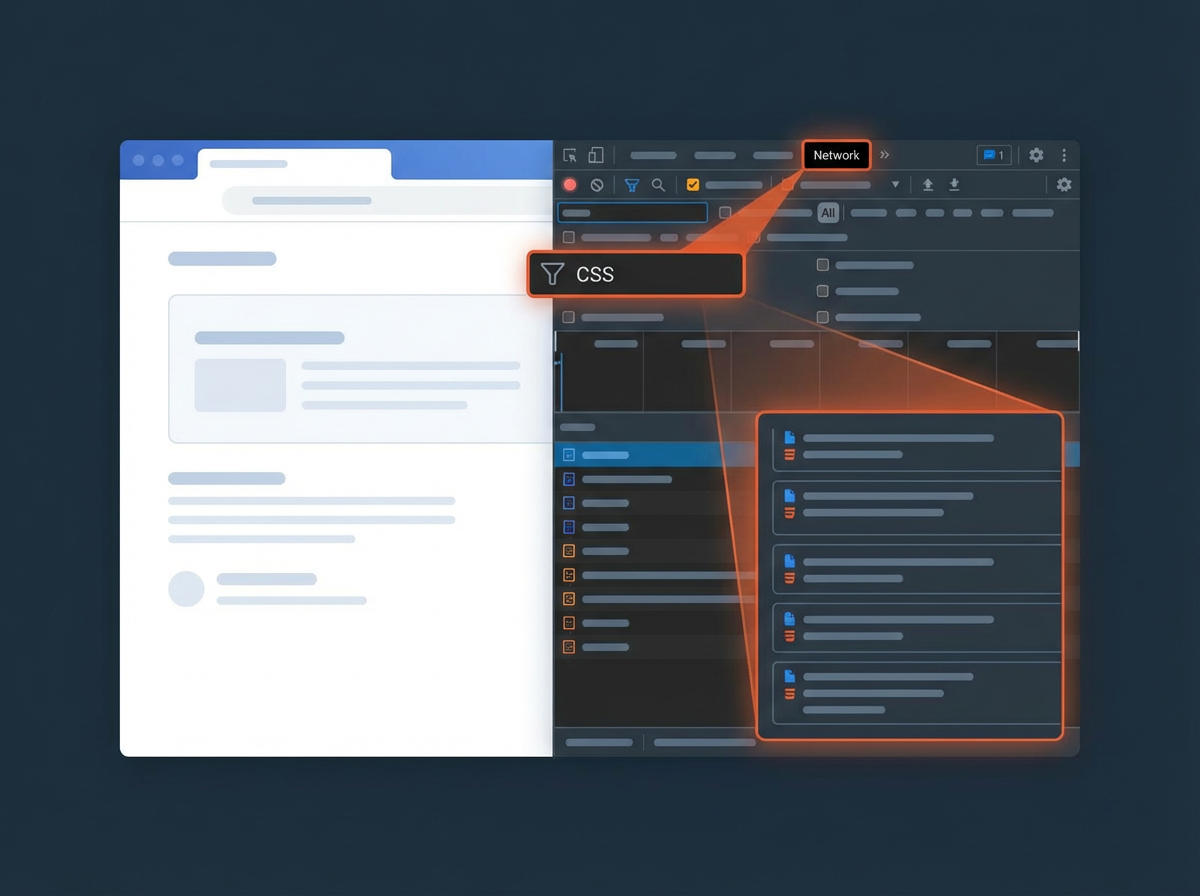Creating stunning graphic designs doesn’t have to be a daunting task for any graphics designer, especially when using Canva Editor. Whether you are a professional graphic designer or just getting started with your design journey, mastering a few Canva tips can elevate your work and make your projects truly stand out.
In this article, we’ll walk you through ten essential Canva tips and tricks that will help you harness the full potential of this versatile design platform. From selecting the perfect font style to effectively using Canva’s ready-made templates, we’ve got you covered. You can even set a specific font as your brand’s default font from the Brand Kit menu in Canva, ensuring consistency across all your design projects.
So, dive in, and let’s explore how to transform your Canva designs into the best version they can be.
The first step is to log into your canva account and use the search bar for the frame or dimensions you want to use for your design.
Research before you start graphic design

Before you begin to create any Canva design, thorough research is crucial. Have all the details needed before you start writing or designing.
Study, read, and gather all necessary materials and information. Whether you’re crafting social media posts or preparing a professional presentation, adequate preparation will make your design process smoother and more effective.
If you’re interested in finding the right tool for your graphic design projects, consider diving into our guide on top laptops for graphic design. Doing comprehensive research helps you not only in planning but also in creating designs that are both efficient and visually captivating, enhancing your overall creativity and productivity.
Edit Images With Canva’s Magic AI tools

Canva’s Magic AI tools are transformative for any graphic designer looking to elevate their designs effortlessly. Whether you are tweaking social media posts or refining design elements, these tools provide endless possibilities.
For instance, the Background Remover allows you to instantly remove any background from your images, ensuring that your subject stands out crisply.
The Magic Eraser makes it simple to eliminate unnecessary elements or imperfections from your photos with just a few clicks. If you want to isolate and use specific objects from images, the Magic Grab tool enables you to do just that, seamlessly integrating them into your Canva design.
Additionally, Magic Edit lets you select and modify parts of your image, making customization a breeze. For those who need to expand an image beyond its original dimensions without compromising quality, Magic Expand is your go-to tool.
By utilizing these intelligent tools, Canva designers can save time and make their projects more compelling.
The Canva editor combines these features with their extensive library of ready-made templates and design elements, giving you a head start in creating visually captivating designs.
Learn More about these tools in detail here;
- Canva Magic Studio: Step-by-Step Comprehensive Guide
- How to use Canva Magic Design? (3 Powerful Methods)
- How to Use Canva Magic Write (3 Unique Ways)
- How to Use Canva Magic Switch? (3 Badass Tools!)
Utilize Canva Apps to Extend Canva’s Functionality

Incorporating third-party extensions can significantly amplify Canva’s already robust suite of tools, opening new avenues for personalization and efficiency in your designs.
For instance, TypeLettering allows for intricate text customizations, giving you the flexibility to play with font styles and font combinations to match your brand colors.
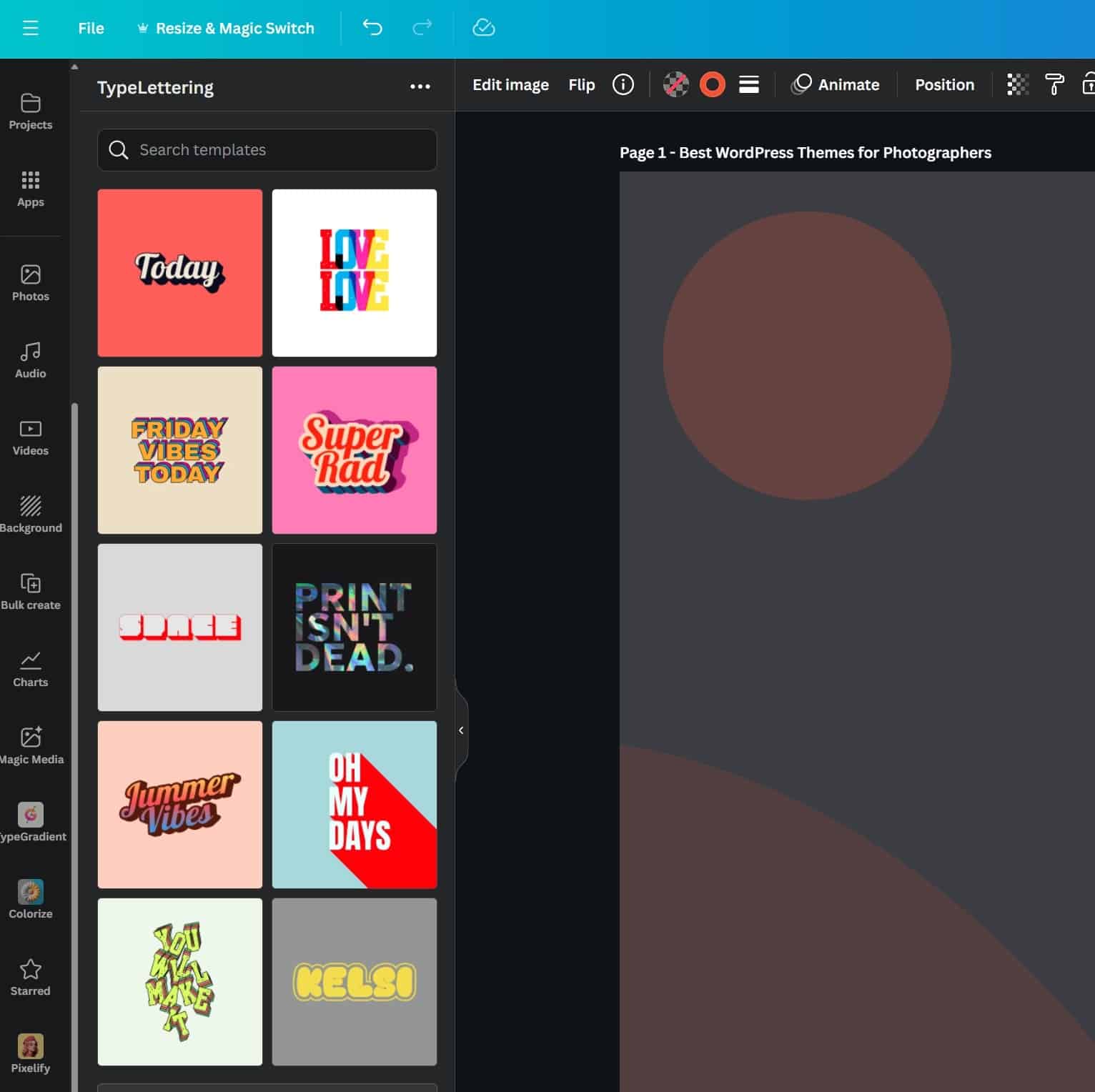
The Meta Ads Tool lets you check your ad creative, ensuring it’s optimized for performance across various platforms.
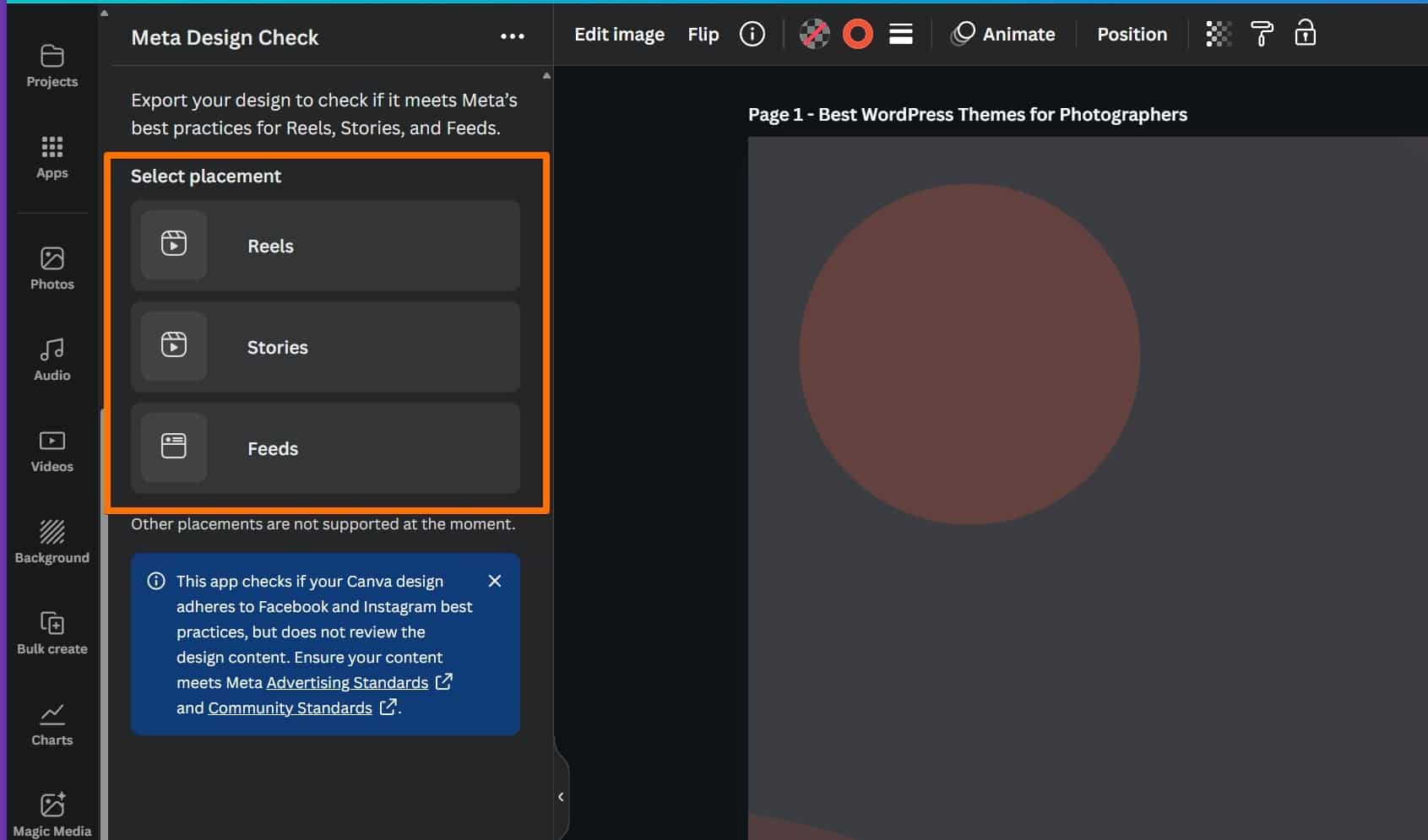
With the Google Ads integration, you can directly link your Canva designs to your Google Ads account, streamlining the process of launching ad campaigns.
But that’s not all. Extensions are also available for adding detailed charts and bulk creating templates, ideal for those who need to produce multiple elements or variations quickly. Data autofill features can help you effortlessly create repetitive elements by filling in necessary information automatically, saving you time.
The extended mockup library provides an array of professional-grade mockups to showcase your graphics in realistic settings.
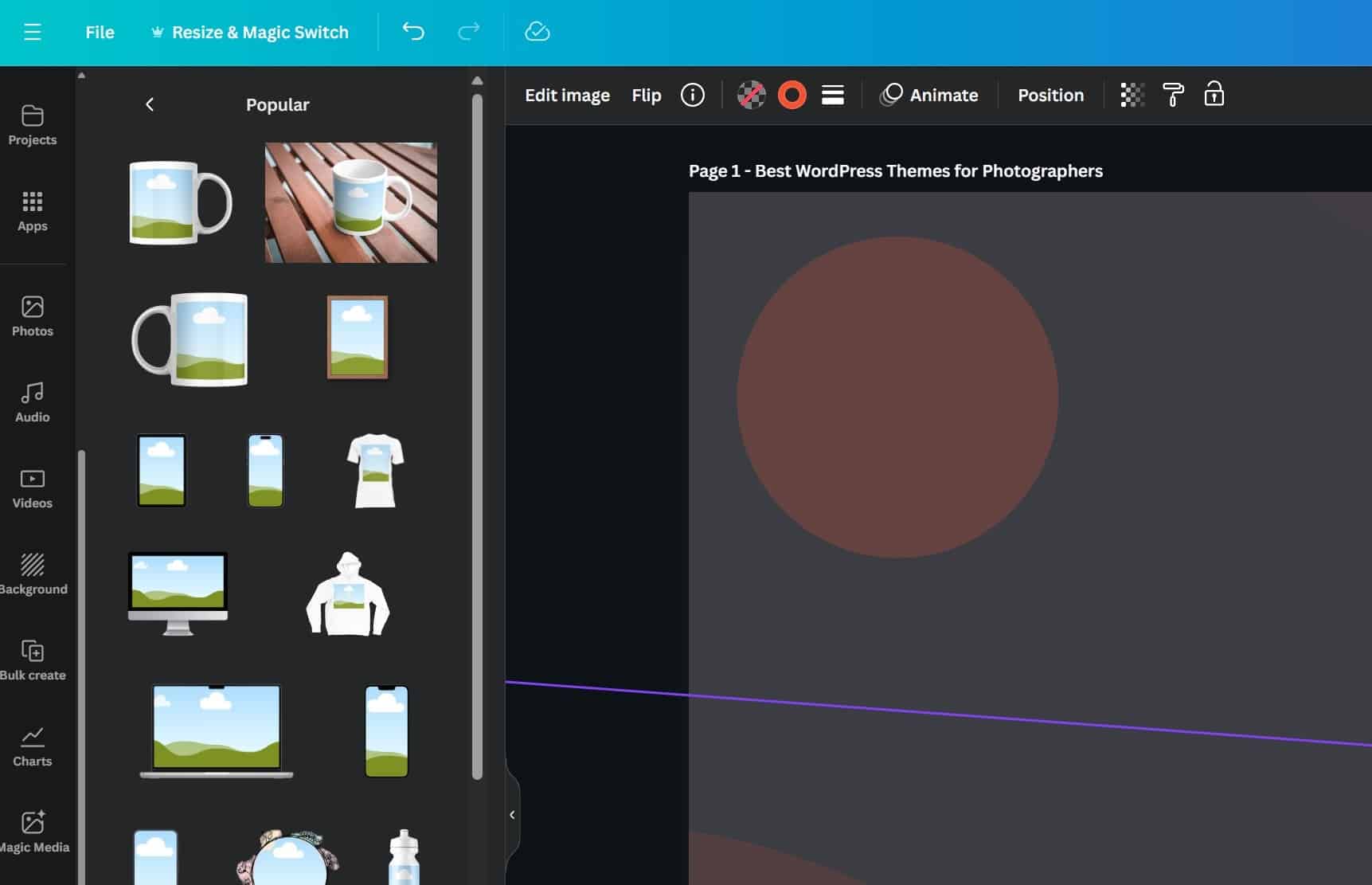
For those looking to create interactive presentations, AI Presenters can add a dynamic touch, making your slides more engaging.
These additional tools empower Canva designers to craft visually compelling and highly functional designs, whether they are working on social media posts, illustrations, or professional presentations.
By integrating these apps, you can turn your Canva account into a versatile design powerhouse, allowing you to produce good design effortlessly. Simply select the features you need from the search bar, and start creating impactful designs today.
Create Brand Kits to Make your Designs Branded
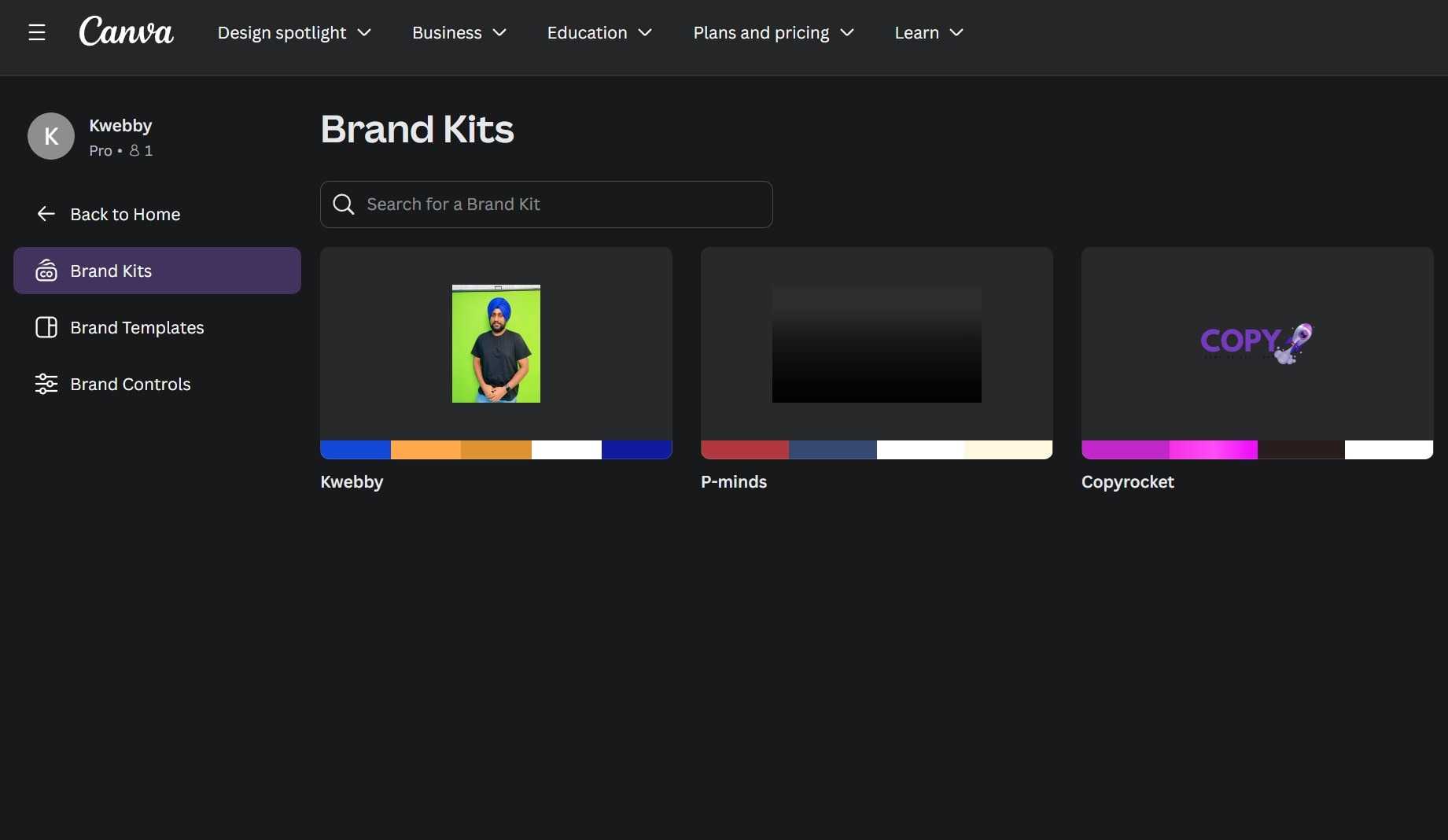
Brand kits are an essential feature for businesses or individuals looking to maintain a consistent visual identity across all their design elements. Canva’s brand kits allow you to store your brand colors, fonts, logos, and other branding assets in one place, making it effortless to access them when creating designs. By importing external branding materials or using Canva’s built-in tools, designers can create brand kits tailored to their specific needs.
Not only does this save time by eliminating the need to search for these assets repeatedly, but it also ensures that all your designs stay on-brand. This consistency helps build brand recognition and is crucial for establishing a strong brand identity.
Brand kits also make it easy to collaborate with team members, allowing them to access all necessary branding elements in one place, and making sure designs stay consistent across all platforms.
Animate Your Design Effortlessly
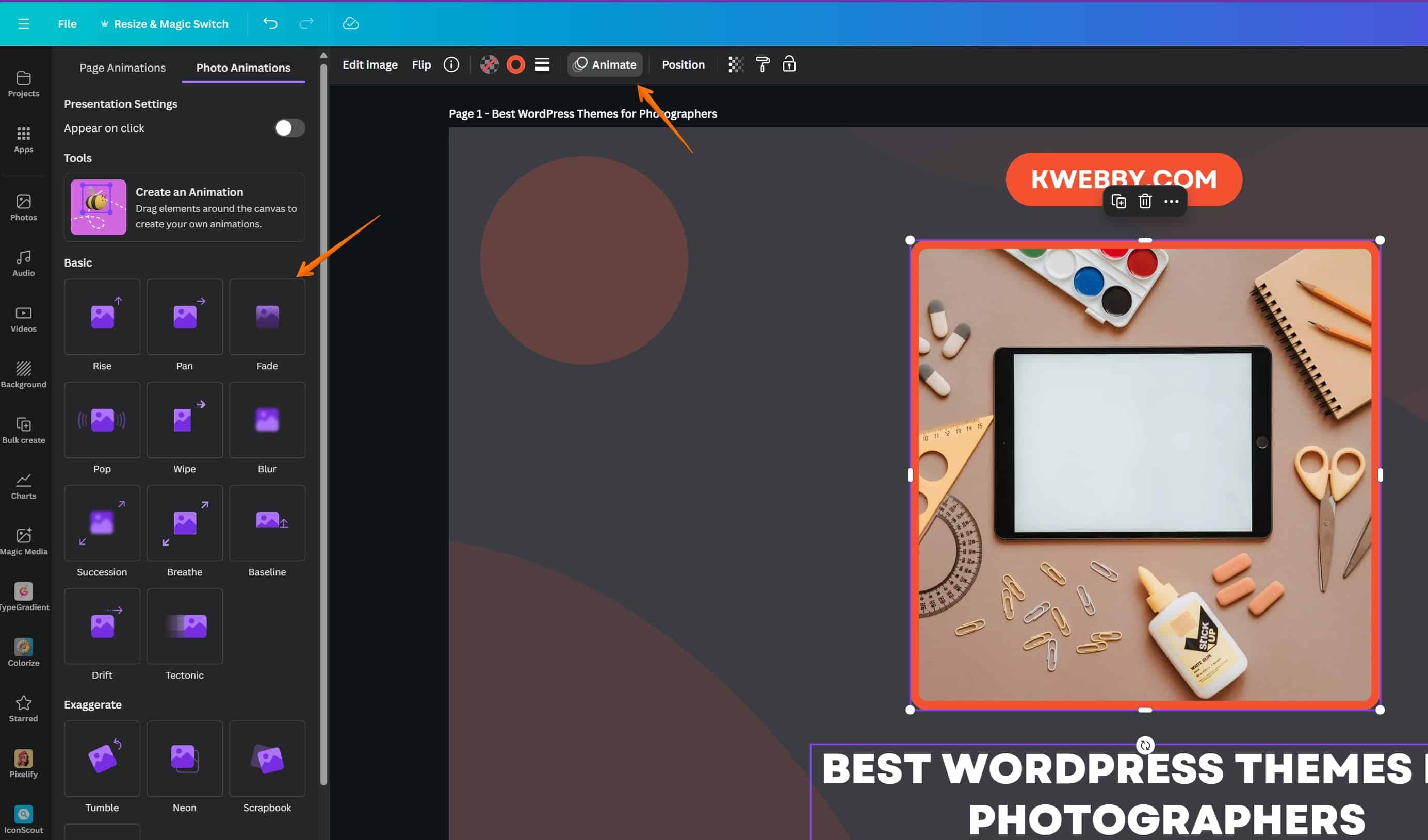
Canva’s animation feature allows you to breathe life into your designs and take them to a whole new level. With easy-to-use animation tools, you can create animated graphics, presentations, social media posts, and even videos.
From simple animations like text effects and moving elements to more intricate motion graphics, Canva’s animation feature gives designers the freedom to add flair and personality to their designs.
Plus, with the ability to export as GIFs or MP4s, these animated designs can be shared across various platforms for maximum impact.
Add gradients

Gradients create visual interest, and in Canva, they offer a great way to enhance your graphic designs. To add a gradient, go to your ‘Elements’ panel, search for ‘gradient,’ and select ‘graphics’ from the sidebar.
Once you’ve chosen a gradient you like, you can customize it by adjusting the color combinations, changing the direction, and modifying the transparency. Simply select the gradient, and use the color boxes in your top menu to filter different colors.
This feature allows you to play with multiple elements and create stunning visual effects. Have fun experimenting with gradients to make your Canva design truly stand out!
Add graphs and infographics
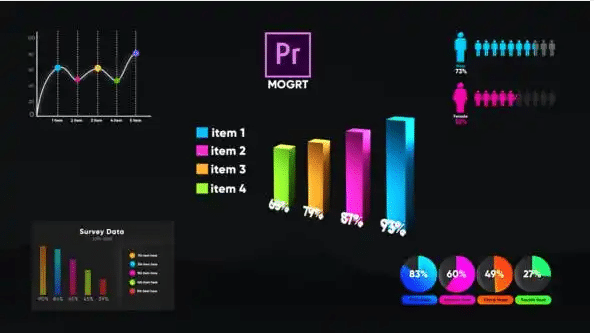
Canva can convert data into beautiful graphic displays, making your design elements more engaging. To add graphs and infographics, go to your ‘Elements’ panel, scroll down to ‘Charts’ and click ‘see all.’
You’ll be able to browse through hundreds of chart styles, including donut charts, line charts, bar charts, and even pictograms. Each chart can be easily customized to fit your own designs. You can resize the charts, add percentages, adjust the number of items and their spacing, or change their color.
This feature offers immense flexibility, allowing you to create unique and compelling visualizations that make your Canva designs truly stand out. Use Canva’s charts to save time and present data in a visually appealing way.
Give your text a background and font style
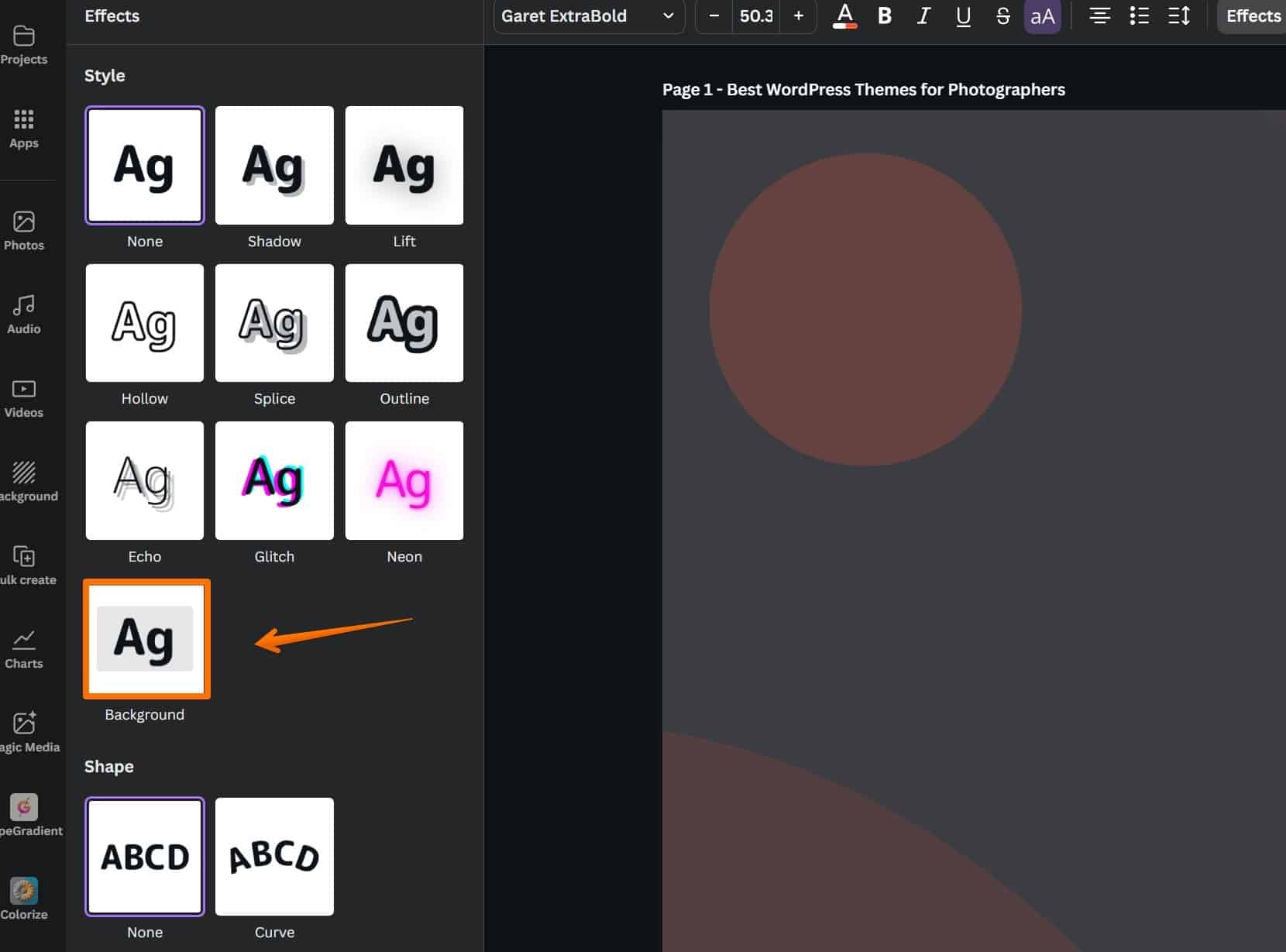
Instead of placing a shape underneath your text to separate it from other design elements, simply add a text effect in Canva. Click on the text you want to modify, then go to the ‘Effects’ option in your top menu and select ‘Background’ from the style options.
You’ll be able to drag sliders to adjust the corners of your background, allowing you to choose between round or square edges. This feature helps you create a clean and professional look without cluttering your design with unnecessary elements.
Utilize this easy trick to give your text a distinctive look and make your Canva design even more visually appealing.
Aligning and group elements
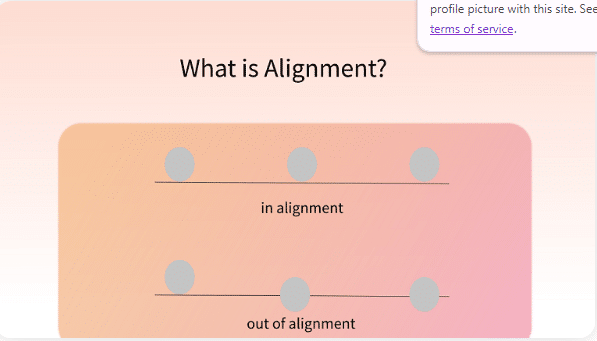
Canva’s alignment tools are handy for ensuring your design elements are perfectly arranged. To set up page guides, go to ‘File’ in your top menu, then select ‘Show Rulers and Guides’ in “Settings” option. You can add as many guides as you like by dragging them into position on your canvas.
To ensure graphics are evenly spaced, select the elements you want to align, click on ‘Position’ in your top menu, and then scroll to the option ‘Tidy up.’
This will ensure everything in your template is perfectly aligned, making your Canva design look neat and professional. Using these alignment features helps Canva designers create clean and polished projects without the hassle of manual adjustments.
Canva editor’s color wheel
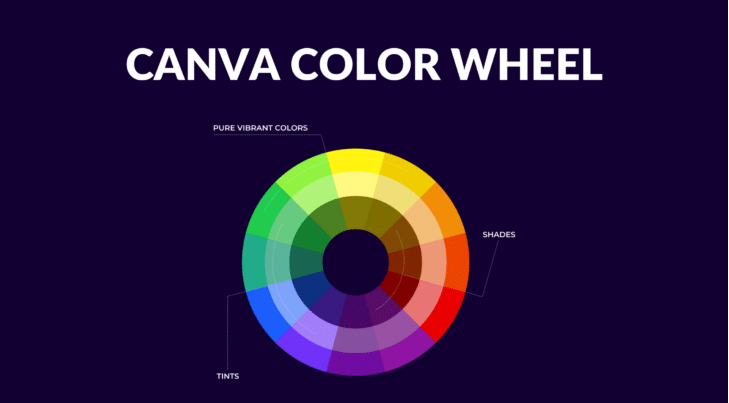
If you’re unsure about which colors will work best for your project, head over to www.canva.com/colors. Here, you’ll find a color palette generator and color wheel that allow you to experiment with different color combinations effortlessly.
By clicking on ‘Color wheel,’ you can drag the circle icon around to pick various color schemes. Once you’ve found the perfect combination, simply copy the HEX codes and paste them into your Canva design to customize your template.
This tool helps even new designers create designs that are visually harmonious and consistent with their brand colors. Utilizing Canva’s color wheel is a great way to ensure your design elements work well together, resulting in more professional and polished graphics.
Use hierarchy
Making your Canva designs visually appealing often involves creating a sense of hierarchy. This means organizing your design elements in a way that guides the viewer’s eye to the most important parts of your project first.
One way to achieve this is by varying the font size and font styles to highlight headings or key phrases.
Additionally, you can use shapes, color schemes, and placement to direct attention. Dividers, lines, and spacing are simple graphics that help in structuring your content, making it easier for viewers to digest the information presented.
By applying these tips and tricks, you can ensure that your designs communicate the intended message effectively.
Contrast is key
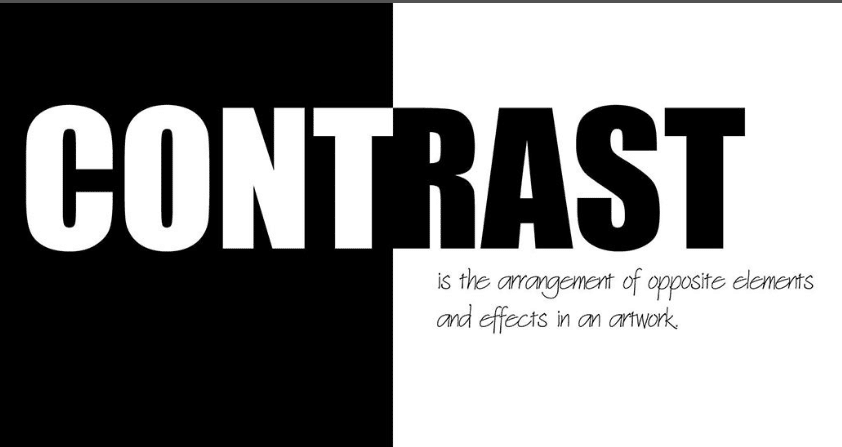
Contrast is crucial in graphic design for mood, legibility, and making your design stand out. Using a contrasting color palette for backgrounds, fonts, and graphics can define and highlight your design elements effectively.
Employ photo filters in Canva to enhance the positive and negative space in an image, and apply black or white to the text to create optimal contrast against a background image. A useful tip is to use a dark font if you have a light-colored background, and vice versa.
This technique helps in creating drama and impact with attention-grabbing graphics. Make sure your colors don’t bleed together by choosing hues that contrast against one another.
By ensuring proper contrast, Canva designers can make their designs more readable and visually appealing, thus creating more professional and polished graphics.
Think outside the box
Thinking outside the box is essential for creating unique and captivating designs in Canva. Instead of relying on the typical icons and symbols that are commonly used, take the time to research, sketch, and print to discover new and original icons.
This approach will help you visually communicate with your audience in a more creative and engaging way. As a graphic designer using Canva, always strive to find designs that stand out by exploring fresh ideas and incorporating them into your projects.
This will not only make your social media posts and other elements of your Canva design more distinctive but also ensure that your creations are memorable and impactful. Utilize these tips and tricks to push the boundaries of your creativity and consistently produce great graphics that capture attention.
Trial & error

Everyone makes mistakes and sometimes they are the most important part of the learning experience. Design is all about trial and error, so try as much as you can and until you are satisfied that you have the best possible design.
Don’t like what you see? The ‘undo’ button is always a great friend.
This method encourages Canva designers to explore various elements, colors, and font styles without the fear of making permanent errors. Remember that good design often comes from experimenting with different combinations and layouts.
Use Canva’s features to try out various templates, adjust your color palette, and align elements perfectly. This approach not only saves time but also helps in creating visually appealing and professional graphics.
By embracing trial and error, you can refine your designs and find inspiration for future projects. Simply select different fonts, change colors, and group elements to see what works best for your design.
Conclusion
In conclusion, mastering Canva’s features and tools allows you to elevate your graphic design projects, making them both professional and visually appealing. By leveraging tips and tricks such as utilizing alignment tools, experimenting with the color wheel, and creating a visual hierarchy, you can ensure your Canva designs stand out in a crowded digital world.
Whether you’re a seasoned graphic designer or a new designer, understanding how to manipulate various design elements and font styles is essential for crafting compelling social media posts, templates, and other graphics.
Remember, the creative process involves trial and error; don’t hesitate to experiment with different fonts, color palettes, and other elements to find the perfect combinations for your brand. With Canva’s user-friendly interface and powerful features, creating unique and impactful designs has never been easier.
Embrace these best practices to consistently produce great graphics that capture attention and effectively communicate your message.
Test your knowledge
Take a quick 5-question quiz based on this page.










